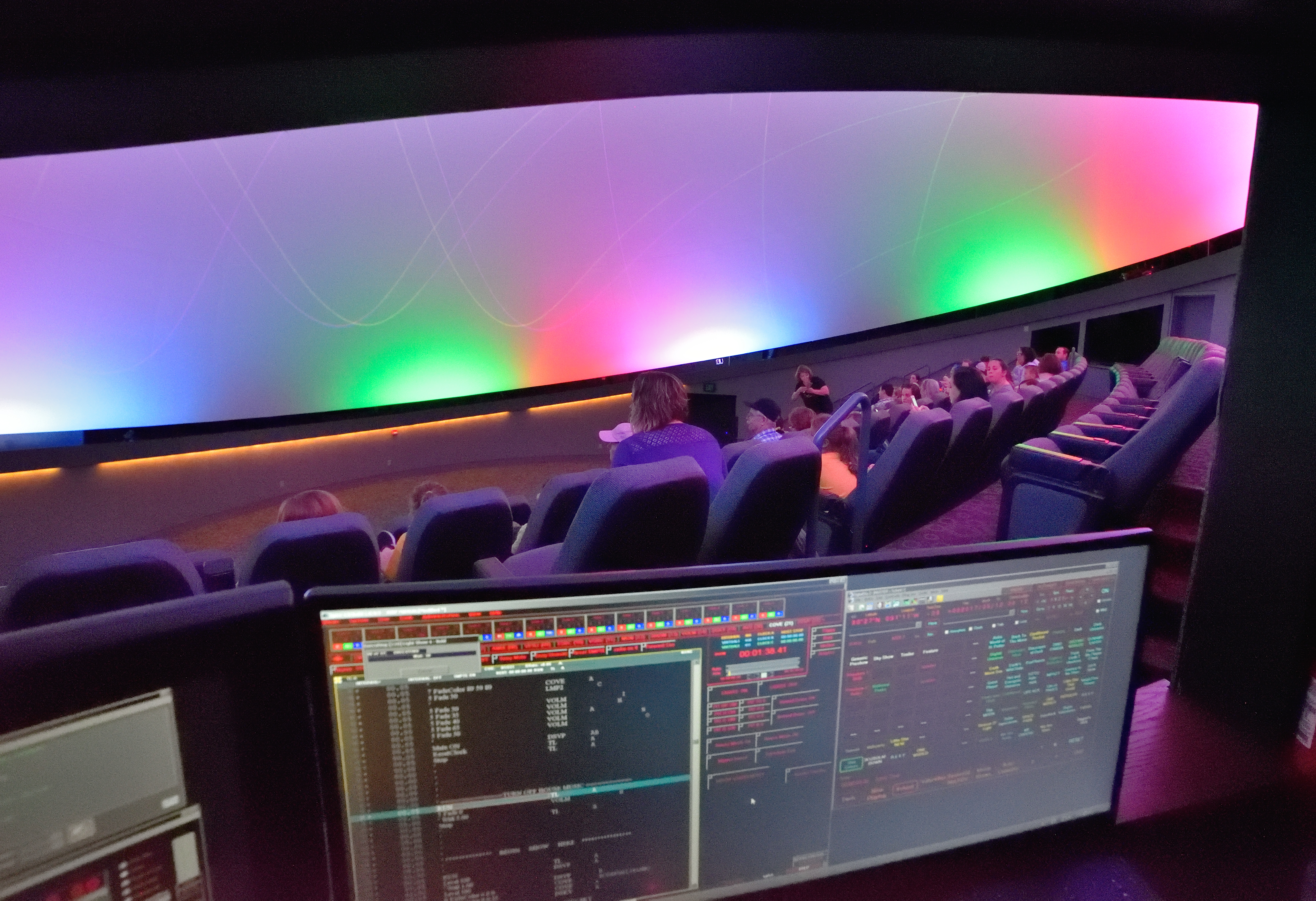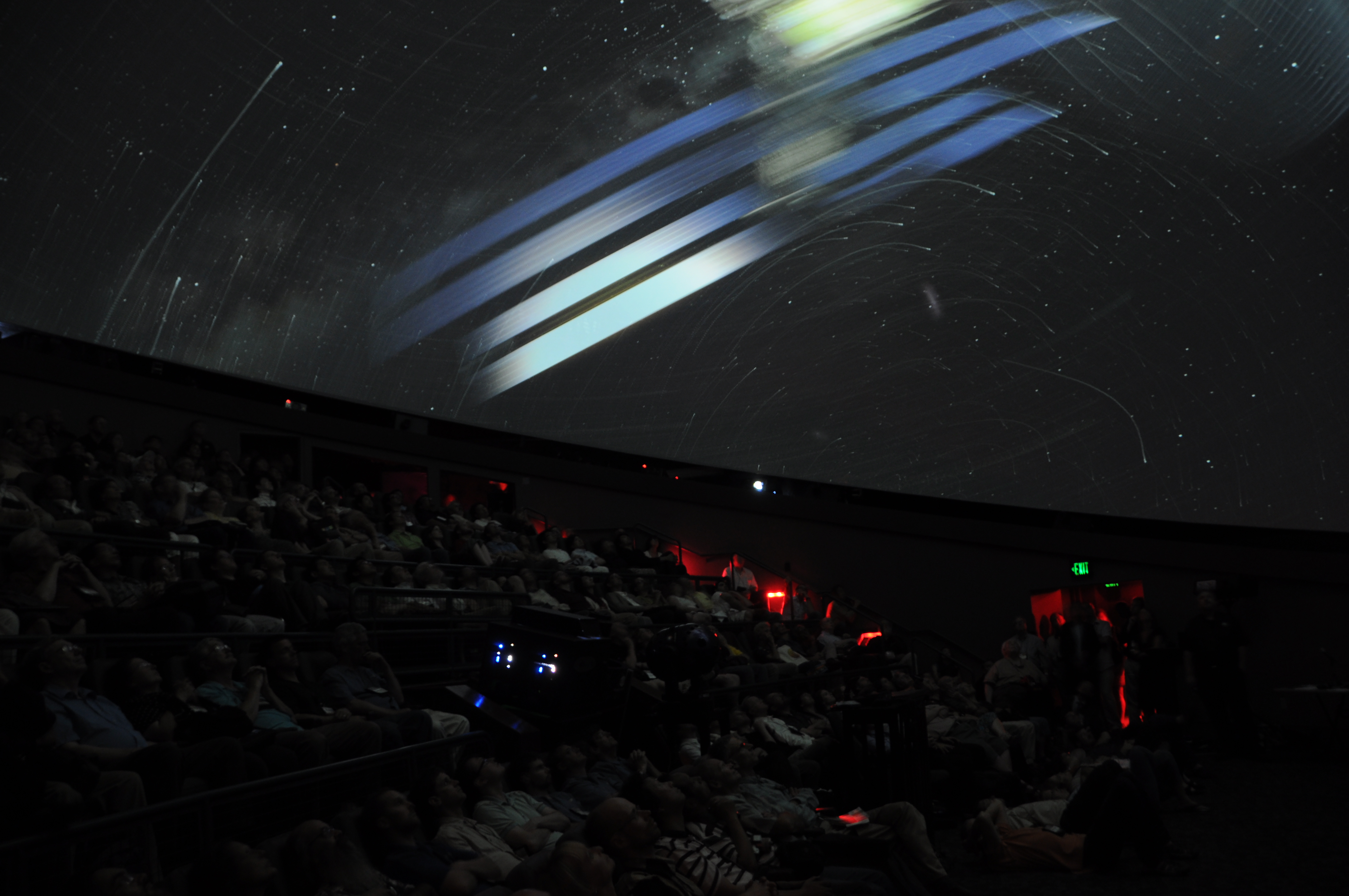
Planetarium Celebrates Technology Upgrades, Revisits Its Greatest Hits
 Content provided by our sponsor: Louisiana Art & Science Museum.
Content provided by our sponsor: Louisiana Art & Science Museum.
Cutting-edge technology upgrades are helping the stars shine brighter than ever at the Louisiana Art & Science Museum’s Irene W. Pennington Planetarium.
The planetarium in downtown Baton Rouge is showcasing this new technology with a two-day film festival featuring some of its greatest hits to play on the giant domed screen over the past few years.
|
|
The Planetarium Grand Reopening Film Festival on Saturday, Sept. 2 and Sunday, Sept. 3 will highlight new technologies that offer visitors a more immersive experience with the most vivid images possible.
Among the films slated for the festival are “Flight of the Butterflies,” featuring amazing and immersive footage of the migration of hundreds of millions of Monarch butterflies across North America, and “Kaluoka’hina: The Enchanted Reef,” a humorous adventure story that transports viewers into a colorful ocean world.
Other returning features include audience favorite “Journey to the Stars,” a space-focused film that uses images from telescopes on the ground and in space as well as visualizations of physics-based simulations, and “National Parks Adventure,” narrated by actor Robert Redford and celebrating the 100th anniversary of the National Park Service.
Planetarium Manager Sheree Westerhaus says these features are perfect to help visitors experience the improved technology.
“It’s so much brighter and it feels more immersive because of the quality of the picture,” she says. “When you’re traveling through the universe it feels like everything is all around you. When you’re in ‘National Parks Adventure,’ it feels like you’re actually there. In ‘Flight of the Butterflies,’ when they find all the butterflies in the trees, it actually feels like the butterflies are flying all around you. It just looks amazing.”
And you can see them all: Admission to the museum allows visitors access to unlimited planetarium shows that day, so they don’t have to pick and choose or pay multiple times to see everything that’s on offer.
A Special Entertainment Experience
 The planetarium gives visitors the opportunity to learn about how the night sky changes with the seasons and to travel through the Milky Way and beyond to see the cosmos from a new perspective. It’s all powered by a sophisticated, computer-controlled entertainment system driven by a team of dedicated and trained professionals.
The planetarium gives visitors the opportunity to learn about how the night sky changes with the seasons and to travel through the Milky Way and beyond to see the cosmos from a new perspective. It’s all powered by a sophisticated, computer-controlled entertainment system driven by a team of dedicated and trained professionals.
The advanced technology lets the planetarium offer a number of productions, including a tour of seasonal objects in the night sky created in-house by the planetarium production team, and educational features that appeal to both children and adults.
“Through the millennia we have engaged in a singular experience to study the skies to understand our place in the universe,” says Carol Gikas, the museum’s president and executive director. “By nature we are all explorers, and in the unique, fulldome, audio-visual environment of the planetarium, each of us can discover, use our imagination and be an explorer.”
With the technology upgrades and a fresh slate of programming, the planetarium is entering a new era that will let it inspire young and old alike to explore our planet and beyond.
Driven by Technology
With 171 seats and a 60-foot dome screen, the planetarium is one of the largest in the Southeastern United States. The 15,000-watt digital surround sound system, lasers and 4K digital video projection system are capable of immersing viewers in a variety of worlds as they sit back in comfortable reclined seats.
The result is an all-encompassing experience that is far different than anything experienced in an ordinary movie theater. The full-immersion environment makes it possible to evoke feelings of motion and flight that are not conceivable on even the largest of flat screens. Content creators take full advantage of this dynamic by creating visuals that send viewers sailing through the cosmos or flying over some of the most picturesque landscapes on Earth.
That unique viewing experience has become even more memorable in 2017. The planetarium recently completed a series of comprehensive upgrades, including a new generation of digital projectors with much better contrast and a more finely calibrated surround sound system.
“It’s a much better picture. The blacks are blacker and the colors are richer,” says Technical Director David Kors. “You feel more immersed in the image that’s on the dome, especially with scenes that are grandiose or large expanses. Any image we show that is underwater is especially impressive. You really feel like you’re underwater.”
A Mission of Education
With its combination of educational programming and entertainment, the planetarium has become a top destination for school groups, with thousands visiting each year.
“We like our shows to be both educational and entertaining, as well as to inspire,” says Westerhaus, who leads many of the programs aimed at younger audiences. “We want to inspire an interest in STEAM (Science, Technology, Engineering, Art and Math), an interest in lifelong learning, and a desire to look up at the night sky and wonder.”
Educational programs are always a part of the planetarium calendar, including “We Are Stars,” with a cast of loveable characters on a journey through time to discover where the universe began, and “Earth, Moon & Sun,” an entertaining show that explores the relationship between these celestial objects with the help of Coyote, an amusing character adapted from Native American oral traditions. Also now playing is “Dream Big: Engineering Our World,” the first giant-screen film focused on STEM and inspiring young engineers.
This summer the planetarium kicked off a new Saturday morning program called “Family Hour Stargazing.” The interactive all-ages event lets families gaze up at the stars and use their imagination to find constellations. Planetarium staff showcase the seasonal star formations and hand out a new constellation trading card every week.
“They can collect the cards all season and use them as game cards as well as reminders of the location of each constellation in the night sky,” Westerhaus says.
For more information on the Irene W. Pennington Planetarium, visit lasm.org. And to learn about astronomy and celestial events happening in our area, follow the planetarium blog at penningtonplanetarium.wordpress.com.
|
|
|
